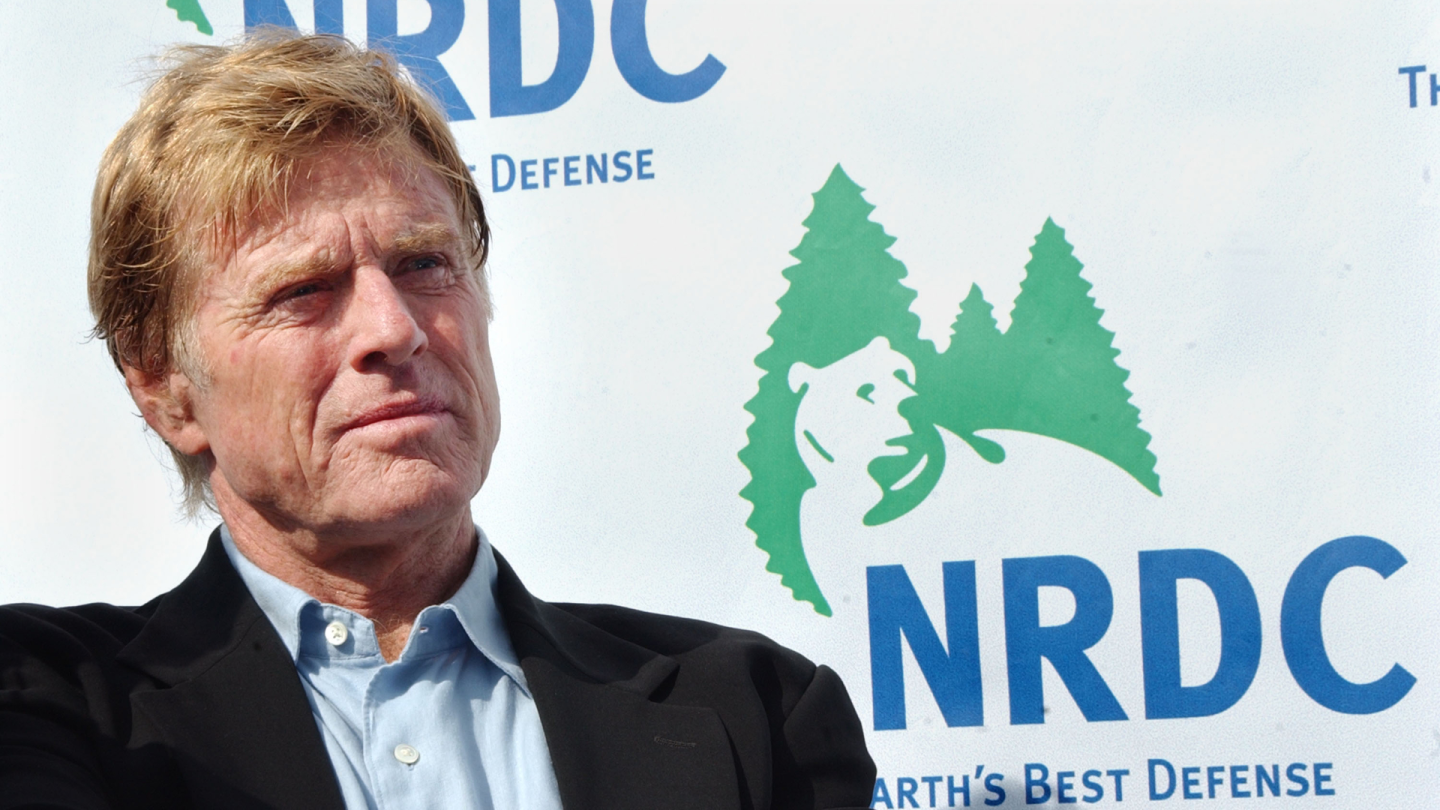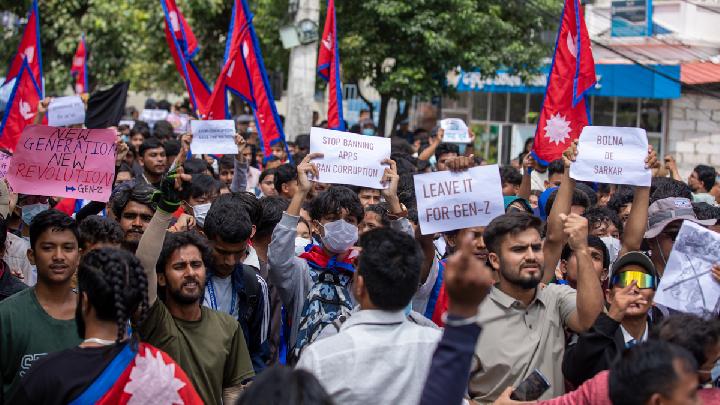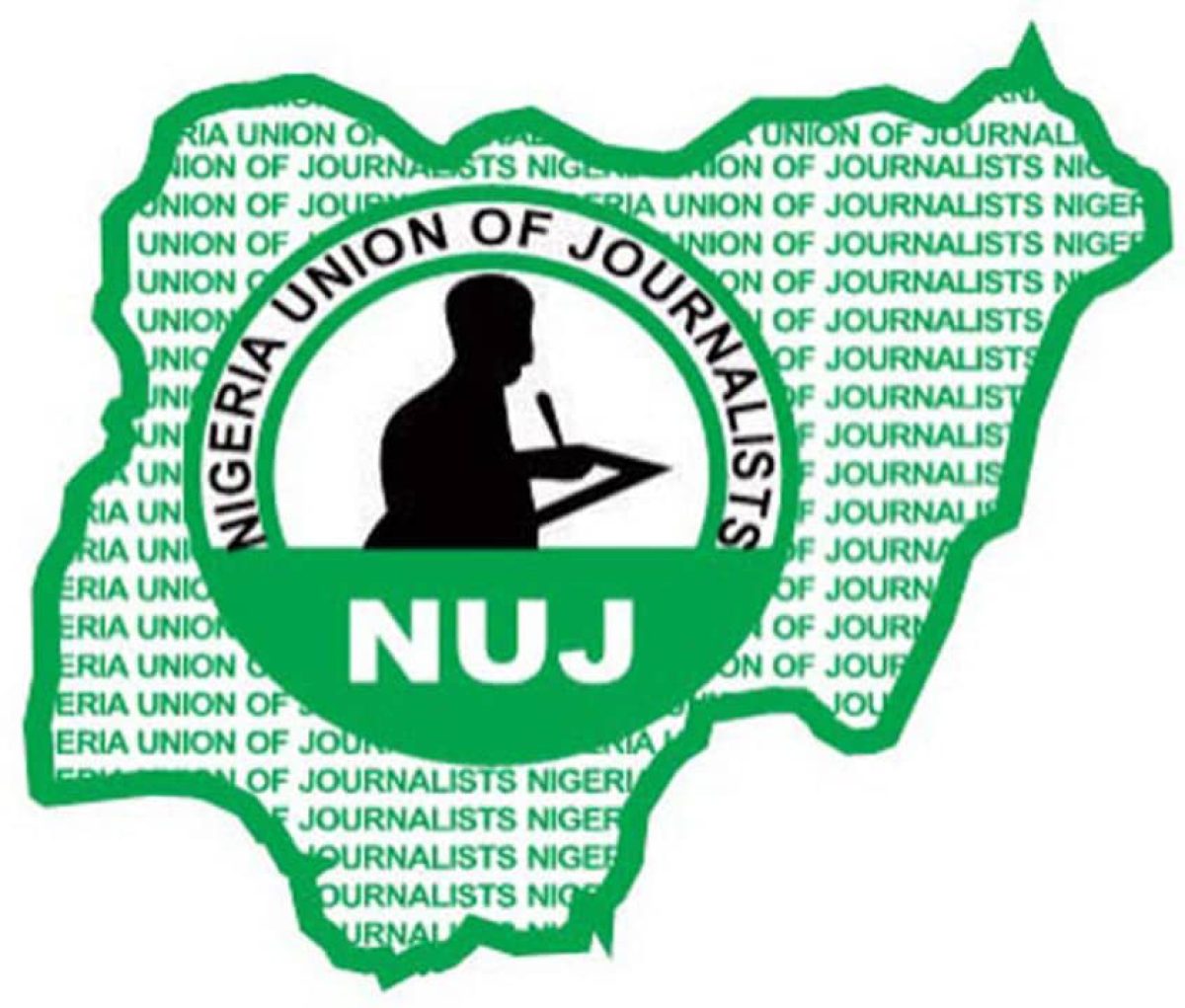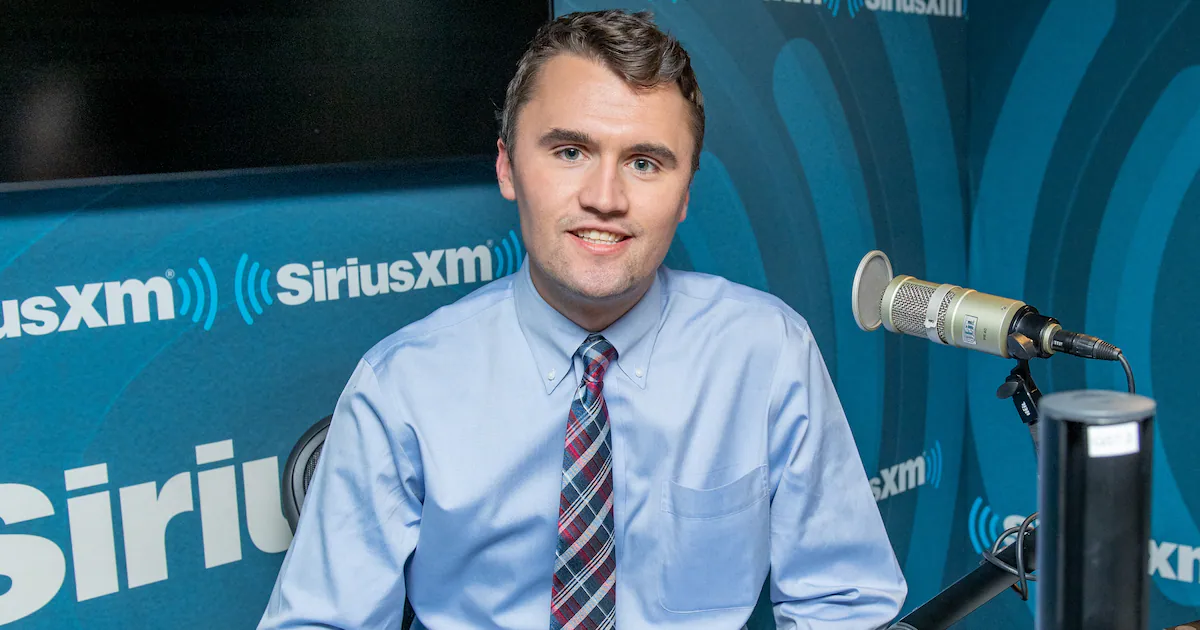
In 2012, Robert Redford was meeting with a reporter about a movie he did with Shia LaBeouf when the question of how to do good in Hollywood came up. The actor-director had two answers. The first, he said, was not to take celebrity too seriously. The second was not to live there.
“By coming and going, by doing the work and leaving, by dropping bombs in enemy territory and getting out,” he said.
Such an attitude might seem strange for someone who was the quintessential celebrity, an actor with leading-man good looks who was at times such a box office draw the only release that would unseat a Redford movie was another Redford movie (e.g., The Sting and The Way We Were, c. 1973)
But his power to entertain was lapped by, and more importantly often served as a means to the end of, a larger sense of giving. Many tributes since his death Tuesday have been written about his film legacy, and from Sundance to his dozens of polished hits, that legacy is boundless. But his greatest gift may have been his most subtle: he made helping people cool.
By now we’re used to seeing George Clooney stand up for human rights, Angelina Jolie advocate for the Global South and Leonardo DiCaprio agitate for the environment, larger-than-life movie stars putting their celebrity to altruistic end. We seldom stop to think how, long before all of them, Redford was casually embracing causes, leveraging his power to help creatures and ecosystems via the NRDC and the Redford Center; protecting Native American rights; and, with his son James, helping to raise awareness for organ transplants.
The celebrity wasn’t a distinct enterprise from these causes — the celebrity is what made us want to pursue them. After all, if the Sundance Kid was engaged in these efforts, wouldn’t we want to be too? The artist-as-activist is now so common as to be a type. But it became that way because Redford demonstrated their relationship — showed that these two could not only be blended but each could serve the other.
Sure, before him you had those high-profile moments, of Dalton Trumbo not testifying before the House Un-American Activities Committee, or Marlon Brando having Sacheen Littelfeather decline the Oscar. But very few Hollywood creatives before him ever make doing good such a part of his brand, or made advocacy and acting so entwined we could forget where one ended and the other began. He didn’t performatively support causes, he just performed, and it caused us to feel supported.
What’s more, he did it not only on a large media-platform-y scale but in small, one-on-one, unheralded ways, just expending his effort for the trampled to be given their shot. Read the homages to Redford and you’ll see one word appear again and again: mentoring.
It’s there in his on-screen work, like when he mentored a young Brad Pitt on A River Runs Through It, or when he did the same to people who worked with him on his charities.
“He was deeply involved with our campaigns to stop the development of Pebble Mine in Alaska, to save huge parts of the American West from fossil fuel development, to address really pressing water issues,” said Daniel Hinerfeld in an ABC 7 story of the NRDC about Redford’s role as a trustee. “He really mentored us as media makers, as filmmakers, and he marshaled resources for us to tell our stories,” added Hinerfeld.
At a moment in American political culture when selfishness abides — when giving to others is seen as showing weakness and necessarily coming at a cost to you — Redford evenly showed how a donation didn’t mean your loss, effortlessly negated the idea of life as a zero sum game. The most glamorous act was the one you did for others.
Even his film work could have this uplifting effect. Doggedly pursuing the truth suddenly became more appealing when Redford’s Bob Woodward was doing it; to watch directorial efforts like Ordinary People, The Milagro Beanfield War and 2011’s slept-on The Conspirator (and even that wobblier 2012 Shia movie The Company You Keep) was to bring on a constant self-question about whether we were listening to our better angels.
Heck, even when his character was notably indifferent we found ourselves wanting to do more. What was Out of Africa or The Candidate or The Way We Were but a way for Redford to draw us magnetically to the screen so we could realize we could do a lot better than he was doing (and, often, be a lot more like the female lead)?
When actors have been around that long we can go snowblind to their effect, we can cease to imagine a world they never entered. But pull Redford out of the last half-century of filmmaking and you have a gaping void of characters and causes that all call on us to do more to help the people and world around us. Every actor who wants to use their celebrity to further a charity owes a debt of gratitude to Redford; every activist who ever called a boldfaced name to platform their cause can thank the man who provided the road map.
Asked how he remembered Redford, Darren Aronofsky — who premiered his debut Pi at Sundance more than a quarter-century ago — emailed this response:
“I remember so clearly the first time I met him at Sundance ’98, when he spoke to you he completely locked in and focused deep into your soul. He taught me so much in those moments about being present that I still think about often. A few years later he was my advisor at the Institute when I workshopped Requiem for a Dream. I was wondering what his rural, cowboy perspective might be for my inner city drug nightmare. And he surprised me. His main note was to find a way that Harry and Marion could connect in the third act. And it was this inspiration that led to the phone call between the doomed lovers that is one of the most quoted scenes we shot. It would be impossible to quantify the amount of generosity he gave to the filmmaking world.”
Aronofsky had one closing thought. “I’d argue there is no greater mentor in the world of filmmaking.”



